Higher learning: the Athens edition of Documenta 14 makes the grade
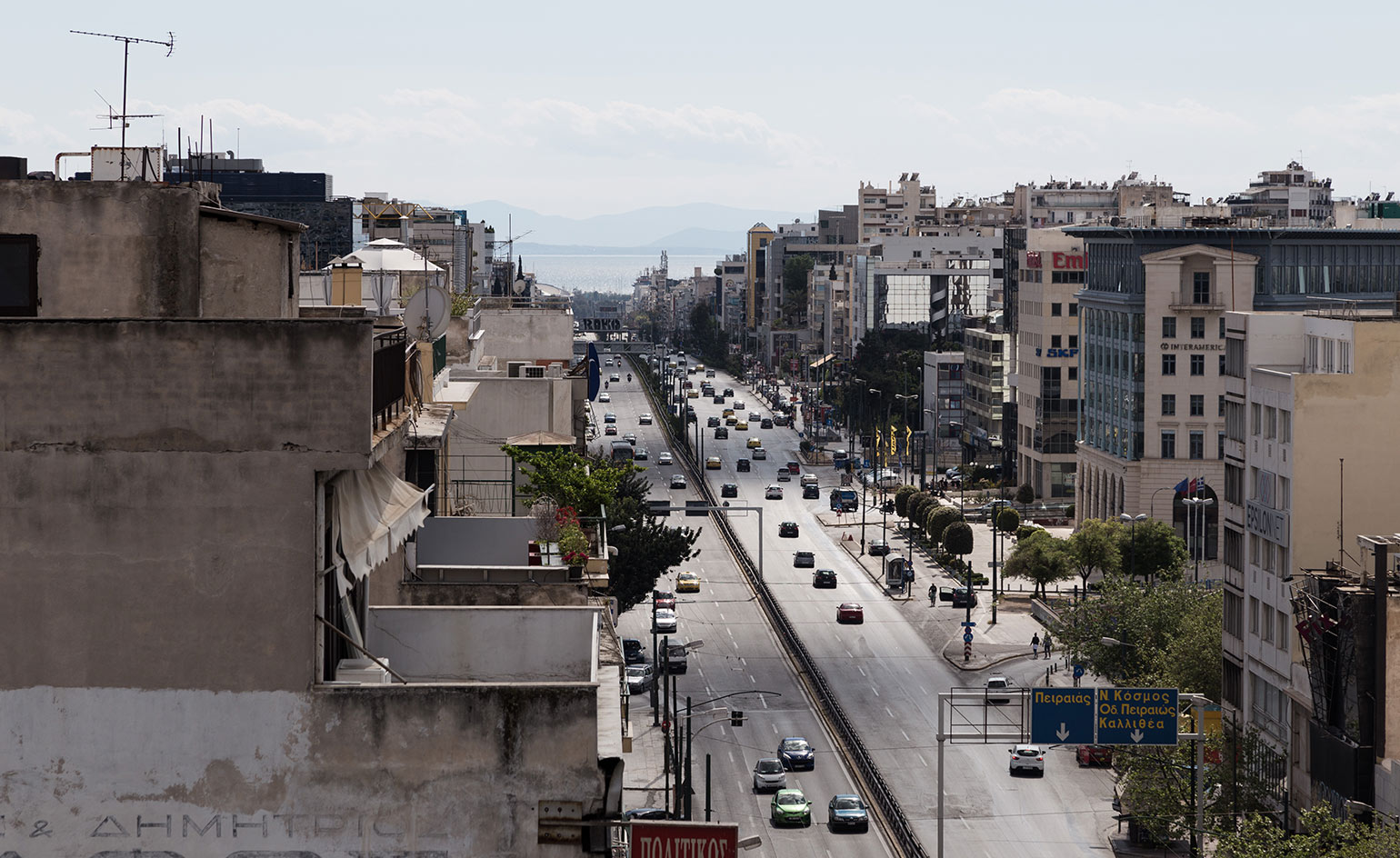
Many will argue that when art critic and curator Adam Szymczyk announced back in 2013 that Documenta 14 would be twinned with Athens, his work was done. A wealthy, German, 100-day quinquennial art exhibition landing in the economically troubled Greek capital for 50 days certainly sounds like a modern form of cultural colonialism if there ever was one. Can one move past the potency of this act to understand the curatorial vision and work of the 160 artists involved?
If you can, then this ambitious citywide exhibition – titled ‘Learning from Athens’ – is definitely worth a visit. Thoughtfully curated with multiple layers and methods of understanding, the exhibition, in deference to the city of Athens, worked hard against assumptions of a colonialist arrival through an intensive public programme of performance art, film, radio, as well as a wealth of context-led research based projects and site-specific works.

Controversial curator-in-chief Adam Szymczyk, photographed at the Documenta 14 press conference in Athens.
A visit certainly requires patience, GPS, and an iPhone charger. The exhibition is spread across multiple venues, with the major ones including the Athens School of Fine Art (ASFA); the Athens Conservatory (Odeion); the National Museum of Contemporary Art (EMST); and the Benaki Museum. There are also numerous smaller locations from empty tavernas, apartments, public squares and sites of historic interest such as the Acropolis park, where some of the best projects lie. Many of the works address the current refugee crisis, particularly relevant to the geographic location of Athens, as a gateway to Europe and situated between the East and the West.
To wit, one of the more distinct curatorial themes was that of immigration, migration, displacement and asylum. Rebecca Belmore, a Canadian artist of Anishinabe descent, placed a marble tent on Philopappos Hill, facing the Parthenon, exploring concepts of displacement, while Iraqi/Kurdish artist Hiwa K’s video work Pre-Image (Blind as the Mother Tongue) (2017) retraces his own journey as a refugee from Iraqi Kurdistan through Greece to Germany.
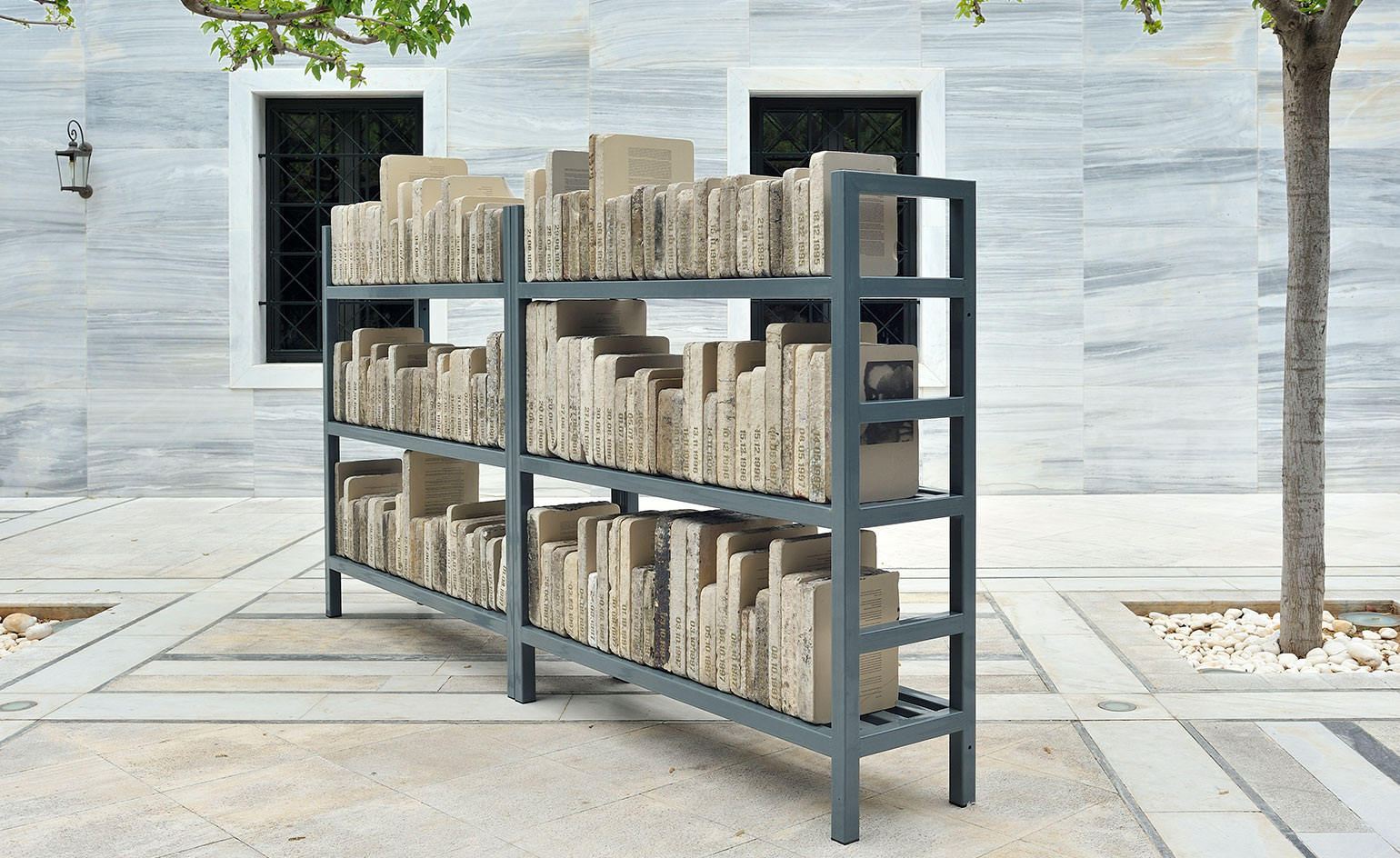
Banu Cennetoğlu, Gurbet’s Diary (27.07.1995–08.10.1997), 2016–17, various materials, Gennadius Library, Athens, documenta 14.
One of the most impressive venues is the Athens Conservatory – or Odeion, as it is known to locals – a modernist landmark designed by Greek architect, Ioannis Despotopoulos. The building was commissioned by the Greek state in 1959; in the 70s, it was taken over by one of Greece’s leading music schools. Behind the elegant, dove-grey marble façade, the building opens up below ground to numerous levels, subterranean courtyards and rooms. Artist Emeka Ogboh’s melancholic sound work, with scrolling LED display of the world stock indexes, is installed in a vast rough concrete auditorium while in a square courtyard on level minus two, artist Daniel Knorr compresses a pile of junk into the pages of empty books.
From the sound of children practising their cellos at the Odeion, to the thickly graffitied walls of the ASFA, through to the tourist hoards at the Acropolis and parties in abandoned factories, the journey that Documenta 14 takes visitors on is a fascinating one. The historic and contemporary context of Athens as a city is always relevant and present.
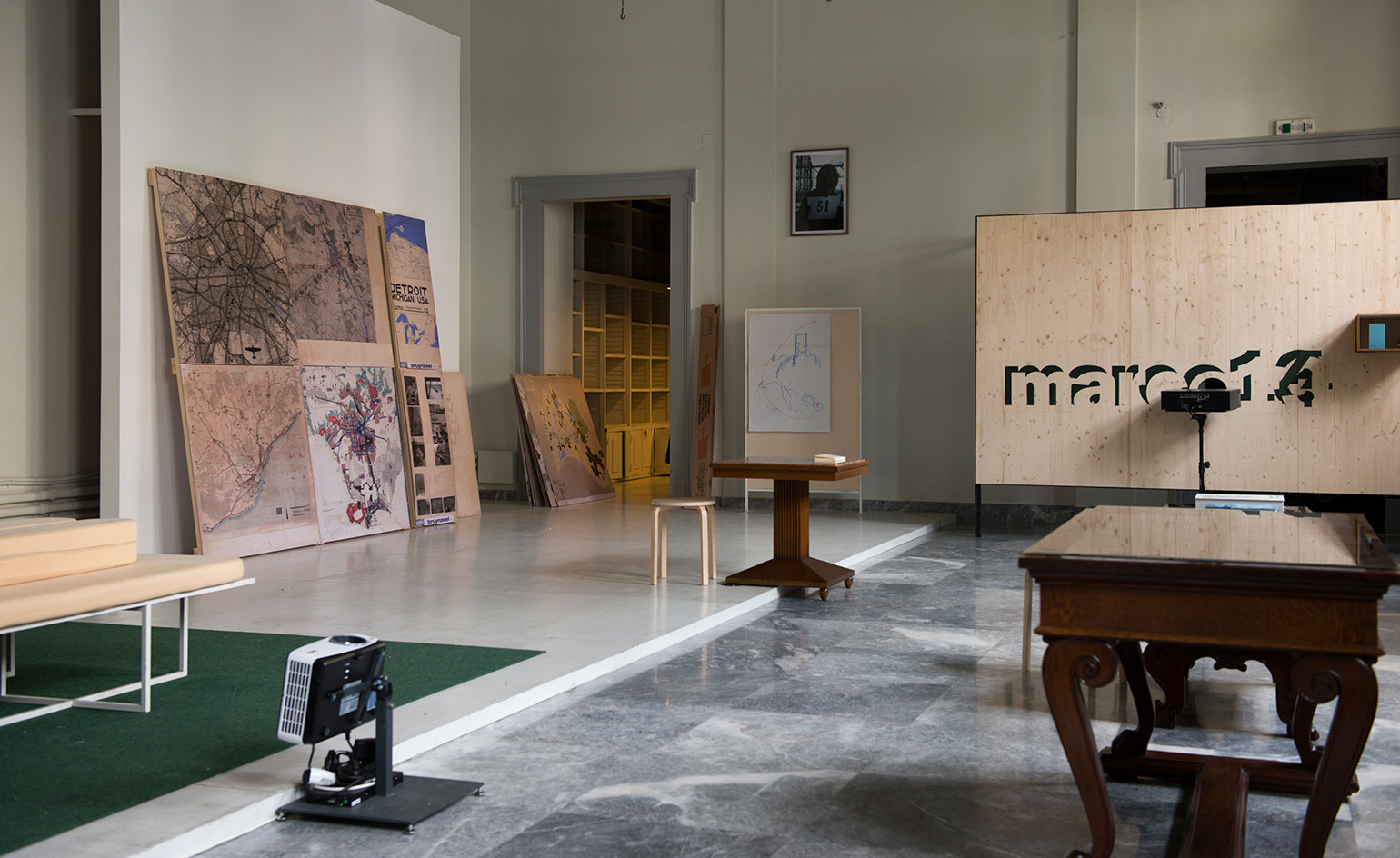
marco14 and CIAM4 / Shipwreck with Spectator, by Rainer Oldendorf, 2017, at Polytechnion.
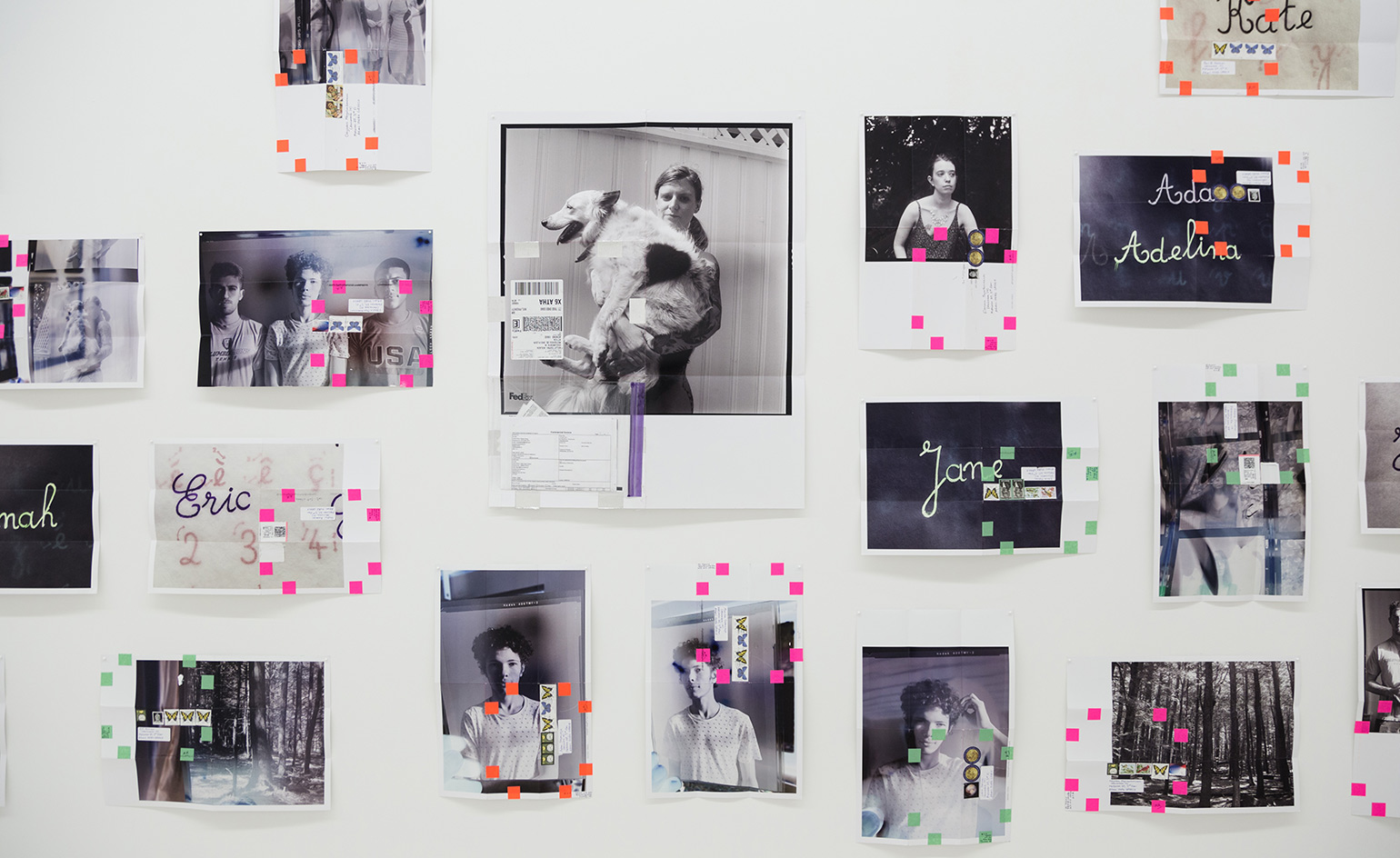
Portrait/Landscape, by Moyra Davey, 2017, at EMST—National Museum of Contemporary Art.
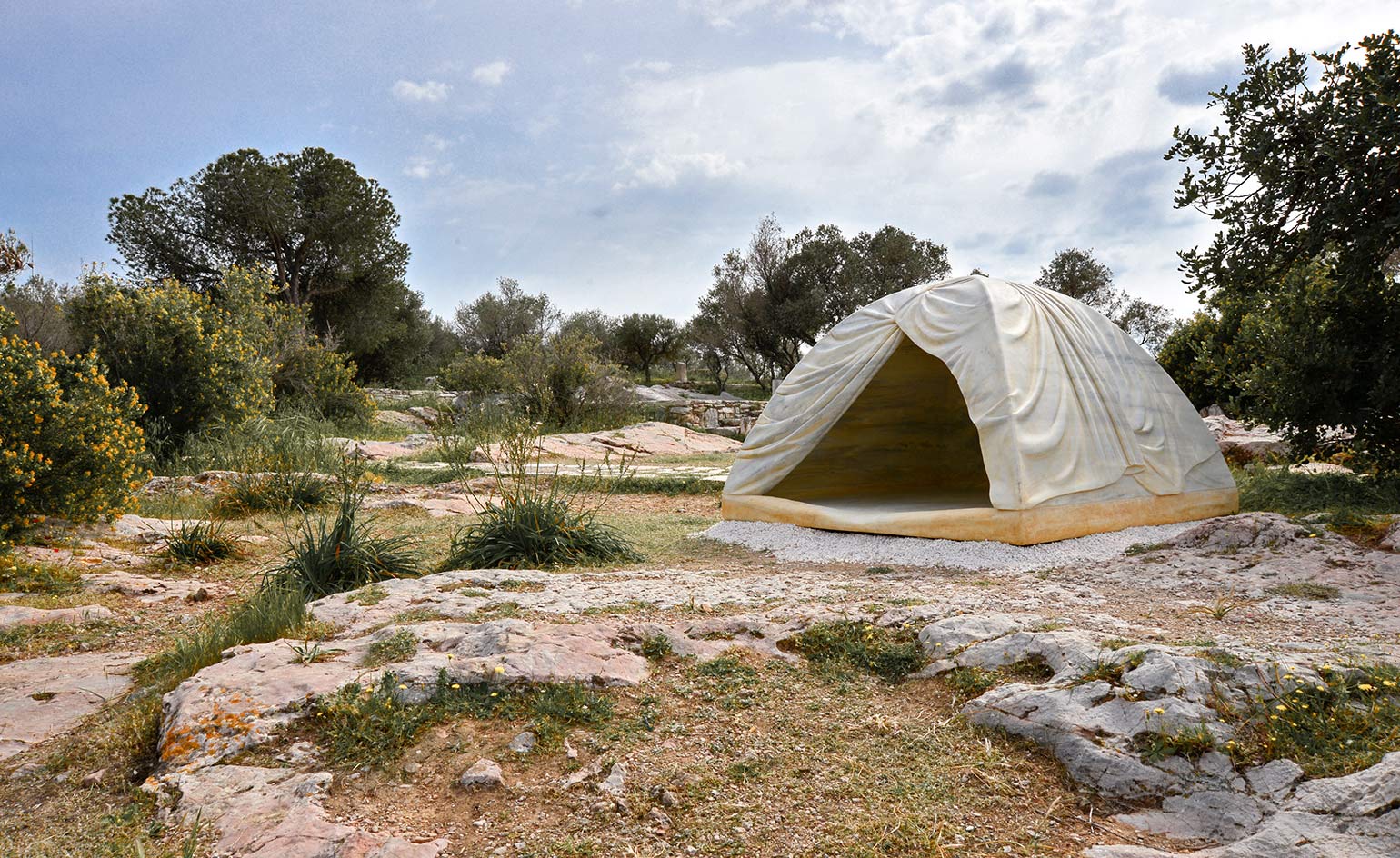
Biinjiya’iing Onji (From inside), by Rebecca Belmore, 2017, at Filopappou Hill.
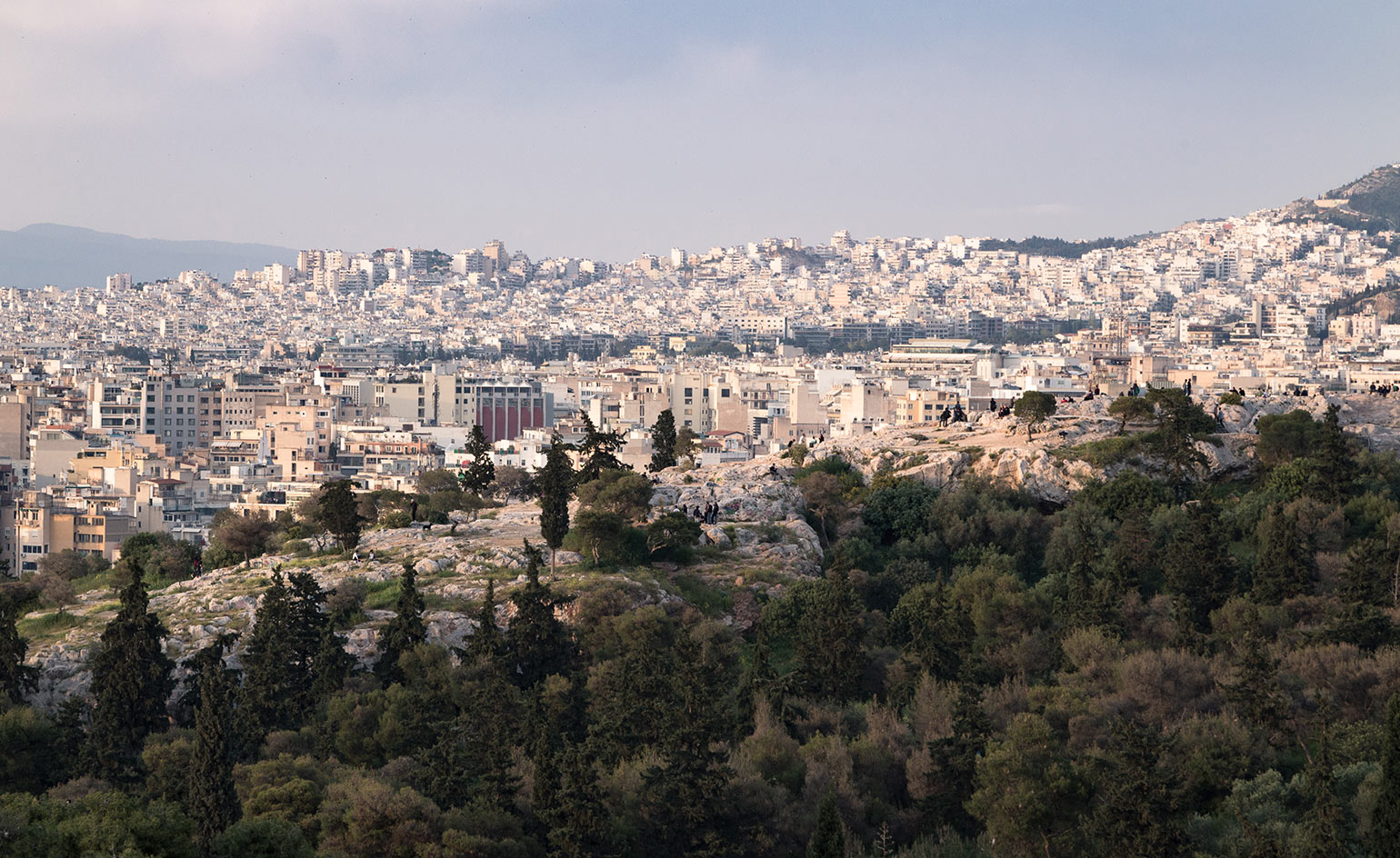
The view from the Acropolis across the city of Athens.

Ka touba Farafina yé (Africa blessing), by Aboubakar Fofana, 2017, at the Agricultural University of Athens.

The Greek and EU flags flying in the city.
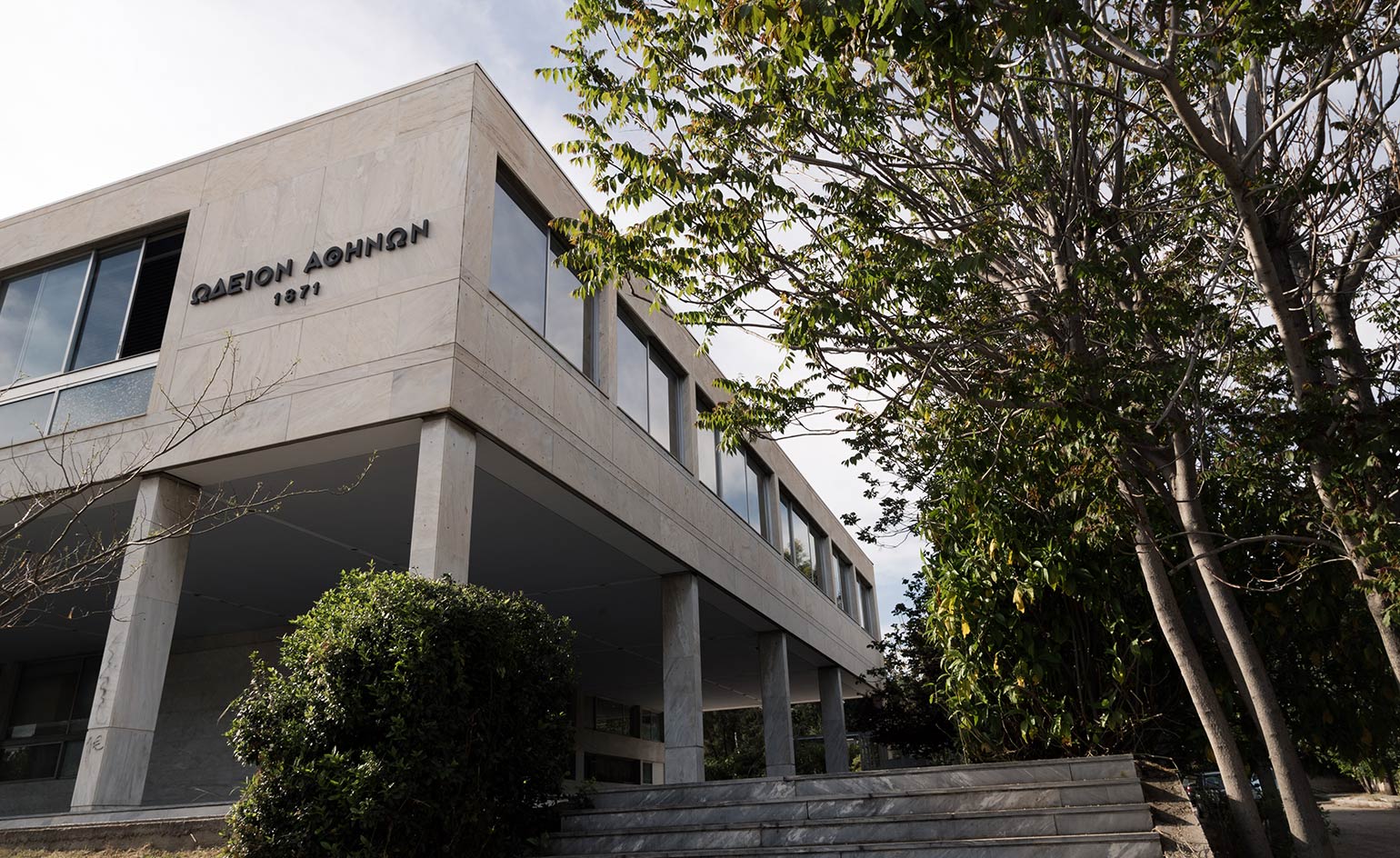
The Athens Conservatory, or Odeion, a modernist landmark designed by Greek architect Ioannis Despotopoulos in 1959, is one of the main venues for Documenta.
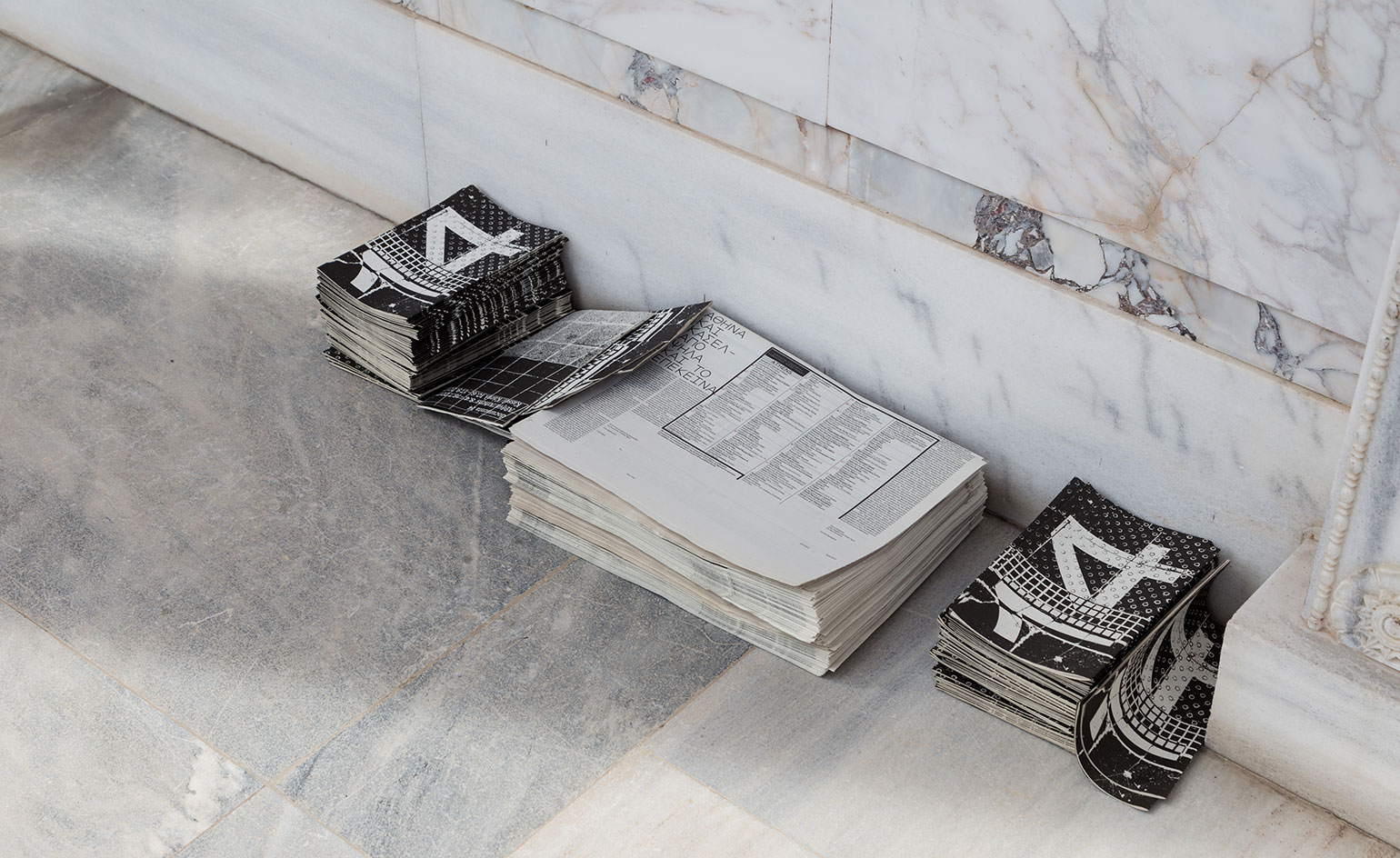
Documenta 14 began with the publication South as a State of Mind: ‘The magazine preceded the show and became a place to speak, anticipating the exhibition and asking questions about the directions we could take in our research and our interests,’ said Documenta 14 curatorial advisor and editor Marina Fokidis.

Local groups are at odds with the police who use tear gas to control riots. There has also been some local resistence to Documenta being in the city.

Matanzas Sound Map, by María Magdalena Campos-Pons and Neil Leonard, 2017, at the Athens School of Fine Arts (ASFA).
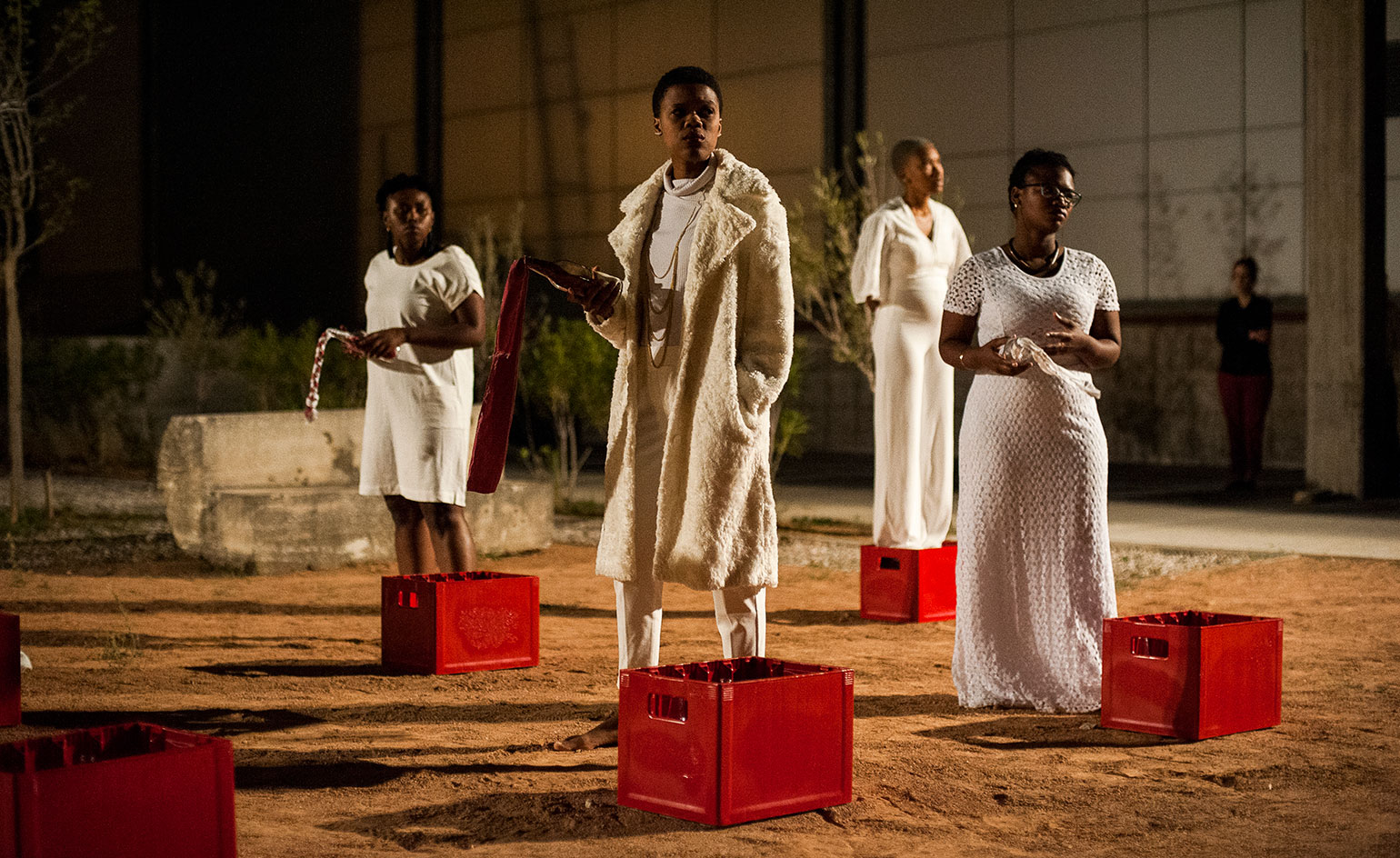
The Portrait, by iQhiya, 2016, at the Athens School of Fine Arts (ASFA).
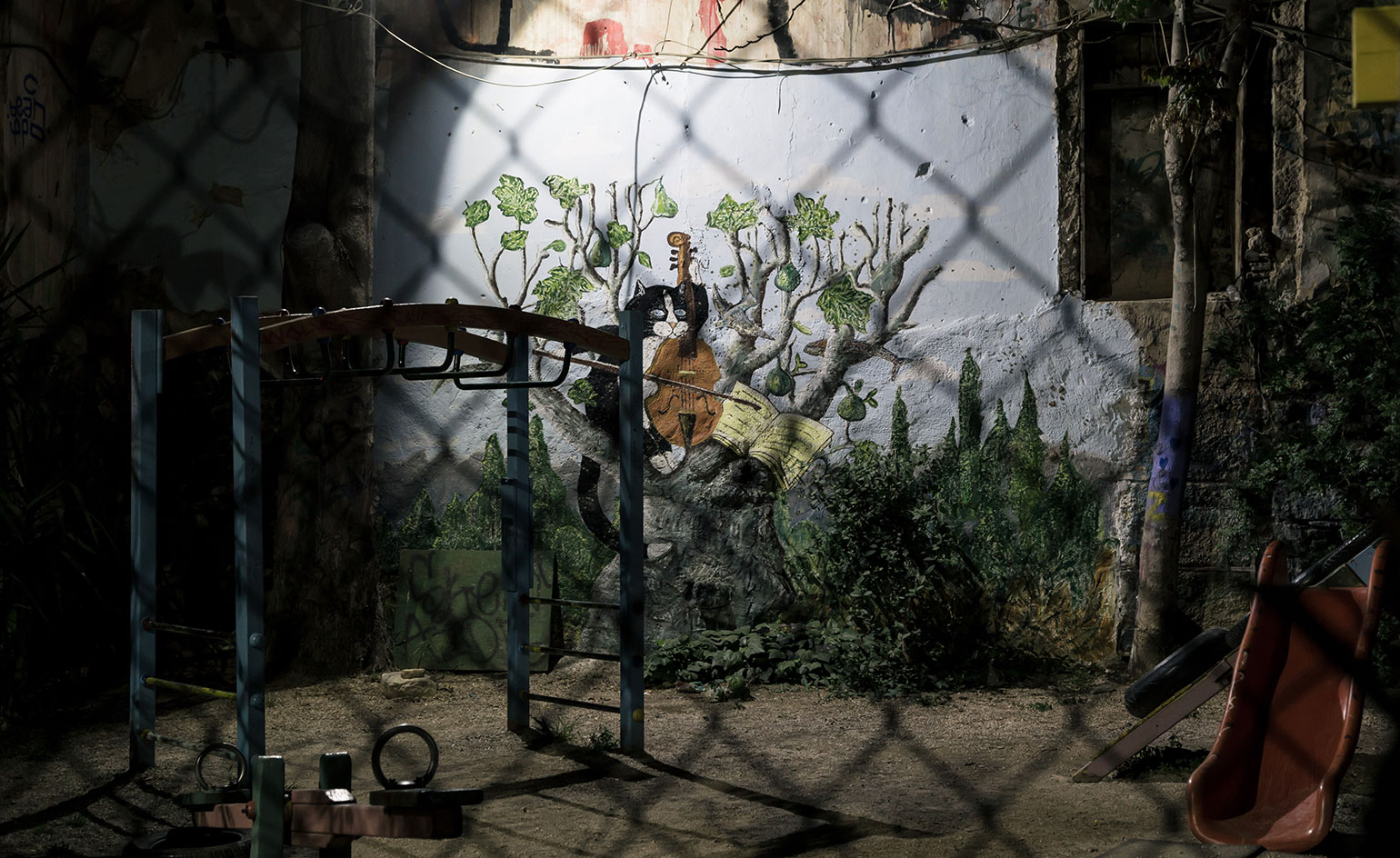
A playground in the Exarcheia neighbourhood of Athens, an area associated with local groups of anarchists.
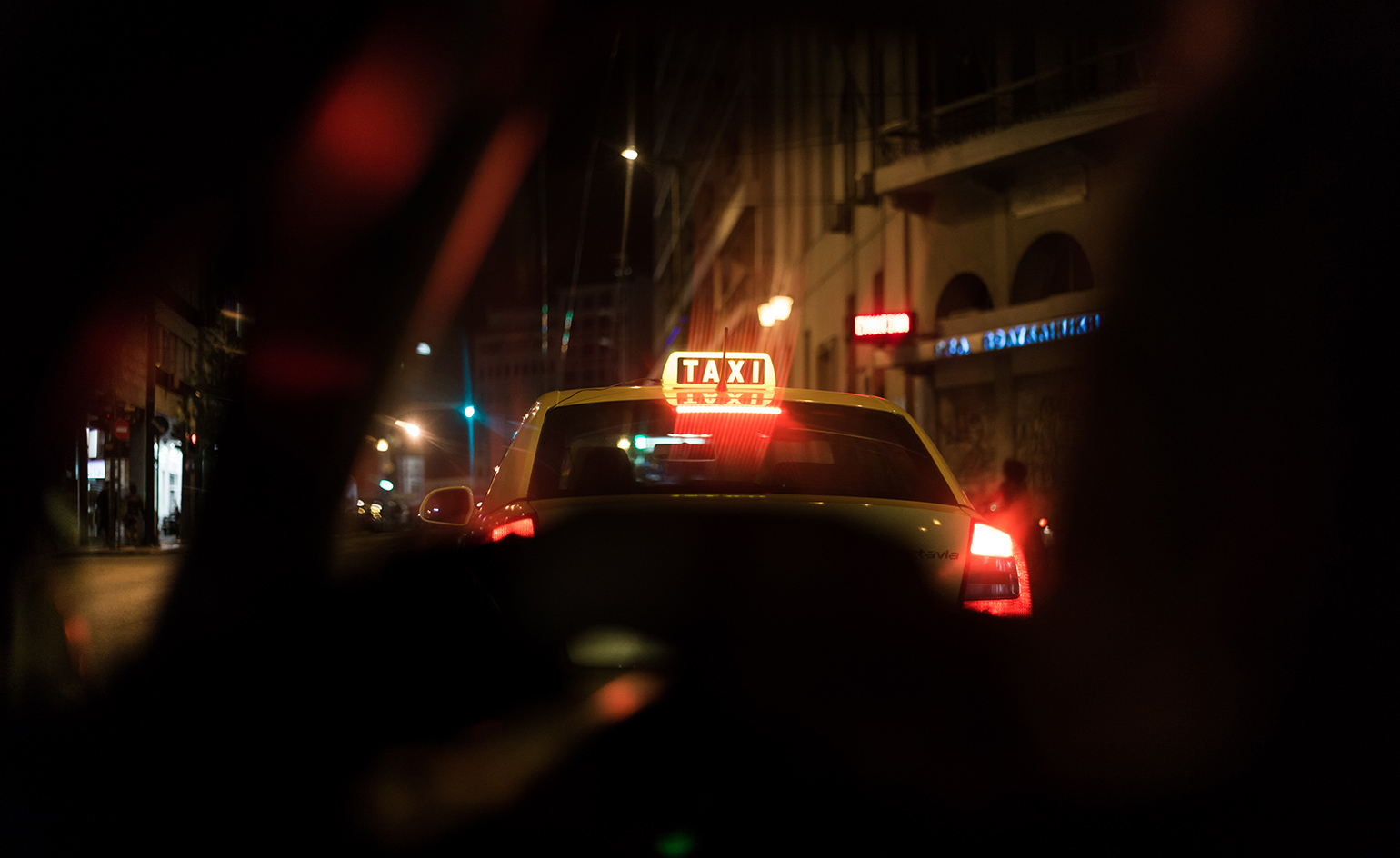
In a taxi heading downtown from Syntagma square to Kallithea.
INFORMATION
The Athens edition of Documenta 14 runs until 16 June. For more information, visit the website
Receive our daily digest of inspiration, escapism and design stories from around the world direct to your inbox.
Harriet Thorpe is a writer, journalist and editor covering architecture, design and culture, with particular interest in sustainability, 20th-century architecture and community. After studying History of Art at the School of Oriental and African Studies (SOAS) and Journalism at City University in London, she developed her interest in architecture working at Wallpaper* magazine and today contributes to Wallpaper*, The World of Interiors and Icon magazine, amongst other titles. She is author of The Sustainable City (2022, Hoxton Mini Press), a book about sustainable architecture in London, and the Modern Cambridge Map (2023, Blue Crow Media), a map of 20th-century architecture in Cambridge, the city where she grew up.
-
 This modern Clapham house is nestled indulgently into its garden
This modern Clapham house is nestled indulgently into its gardenA Clapham house keeps a low profile in South London, at once merging with its environment and making a bold, modern statement; we revisit a story from the Wallpaper* archives
-
 The new Tudor Ranger watches master perfectly executed simplicity
The new Tudor Ranger watches master perfectly executed simplicityThe Tudor Ranger watches look back to the 1960s for a clean and legible design
-
 This late-night hangout brings back 1970s glam to LA’s Sunset Boulevard
This late-night hangout brings back 1970s glam to LA’s Sunset BoulevardGalerie On Sunset is primed for strong drinks, shared plates, live music, and long nights